The trend of urbanization will create more and more mega cities. By 2050 it is predicted that 64.1% and 85.9% of the developing and developed world respectively will be urbanized (Wikipedia). This creates a huge urgency for smarter cities to accommodate all the people and install the necessary infrastructure to meet the needs of this growth. In order to bring the bright minds of 72 cities together, the Barcelona Fira will organize for the third edition of Smart Cities: Change the World expo from November 19th-21st. The Expo will focus on the main urban challenges, present available solutions and explore opportunities in our new globalized city-led world.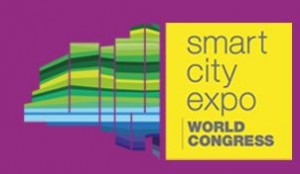
What comes to mind when talking about Smart Cities? IBM, with its big data expertise, is one of the leading companies in this area. They state:
“Smarter cities of the future will drive sustainable economic growth. Their leaders have the tools to analyze data for better decisions, anticipate problems to resolve them proactively and coordinate resources to operate effectively.
As demands grow and budgets tighten, solutions also have to be smarter, and address the city as a whole. By collecting and analyzing the extensive data generated every second of every day, tools such as the IBM Intelligent Operations Center coordinate and share data in a single view creating the big picture for the decision makers and responders who support the smarter city.”
An interesting example of smart city development and delta city resilience, the other important topic related to urbanization, can be found in Rotterdam. Here you see different initiatives like building on water, adaptive plazas and green roof tops emerge to lead the way for a sustainable future. CNN recently featured a nice article about it this modern city below sea level.
Back to Barcelona, which can also be found on the top Smart Cities lists. Cities will have a major role dealing with the critical challenges of the 21st century: climate change and other environmental threats; high consumption of non‐renewable resources; economic development; growing populations; and ageing infrastructures. Technology is setting a new landscape of possibilities for fostering these improvements and making cities more accessible, manageable, communicative, and citizen minded. The Smart City Expo World Congress is gathering together forward thinking on cities and citizenship with ready‐to‐use solutions for making our cities better places to live and work. In the run up to the congress, two aspects are worth mentioning: the World Smart City Award and the Open Innovation Market Place, because you can be nominated or participate in it, if you subscribe before the deadline.
World Smart City Award
The aim of the reward is to nurture the development of future cities thus enhancing the quality of life, sustainability, innovation, creativity, competitiveness, and efficient management and administration.
Projects that provide solutions for Smart Cities can be submitted until September 20th, 12pm CET.
Open Innovation Market Place
Within the Smart City Open Innovation Marketplace (Smart City OIMP) big companies and specialized investors are launching innovative challenges asking for Smart City solutions. The basic principal of Open Innovation is that you try to create new propositions together and not on your own behind closed doors. A game of sharing and caring. For the OIMP, there are distinguished 8 smart drivers in which categories you can suggest a solution.
- Energy
- Technology & Innovation
- Smart city & collaborative city
- Sustainable built environment
- Mobility
- Governance & Economy
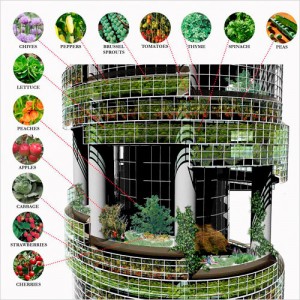 Basically, it is covering the whole scope of possible change. So take a chance and work out that idea you’ve been chewing on for a long time, or brush the dust of the business plan you once penned but which was ahead of its time or perhaps you have some innovation on the shelf ready to see new daylight on the eve of the smart city movement. To provide you with a little inspiration, have a look at this freshome article and pictures, featuring 20 smart city technologies like wireless charging, space saving folding vehicles, LED lightning or vertical farming.
Basically, it is covering the whole scope of possible change. So take a chance and work out that idea you’ve been chewing on for a long time, or brush the dust of the business plan you once penned but which was ahead of its time or perhaps you have some innovation on the shelf ready to see new daylight on the eve of the smart city movement. To provide you with a little inspiration, have a look at this freshome article and pictures, featuring 20 smart city technologies like wireless charging, space saving folding vehicles, LED lightning or vertical farming.
Innovation is about taking risk and sustainability is the way forward, because we can’t afford unsustainable solutions. The nice thing of MOIP is that it combines these two driving forces and creates the necessary urgency, which gives you a better start to cope with the innovation barriers. And with all those cities and companies attending the congress, you will a good possibility to put a spotlight on your smart solution. All information on the competition, click here. The deadline for submitting the Smart Cities solutions is October 1st.
Image credit: Freshome

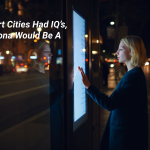
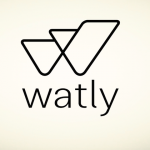
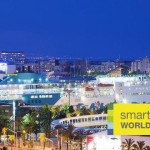
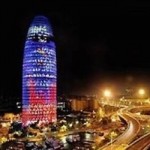

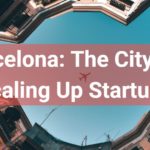
Leave a Reply